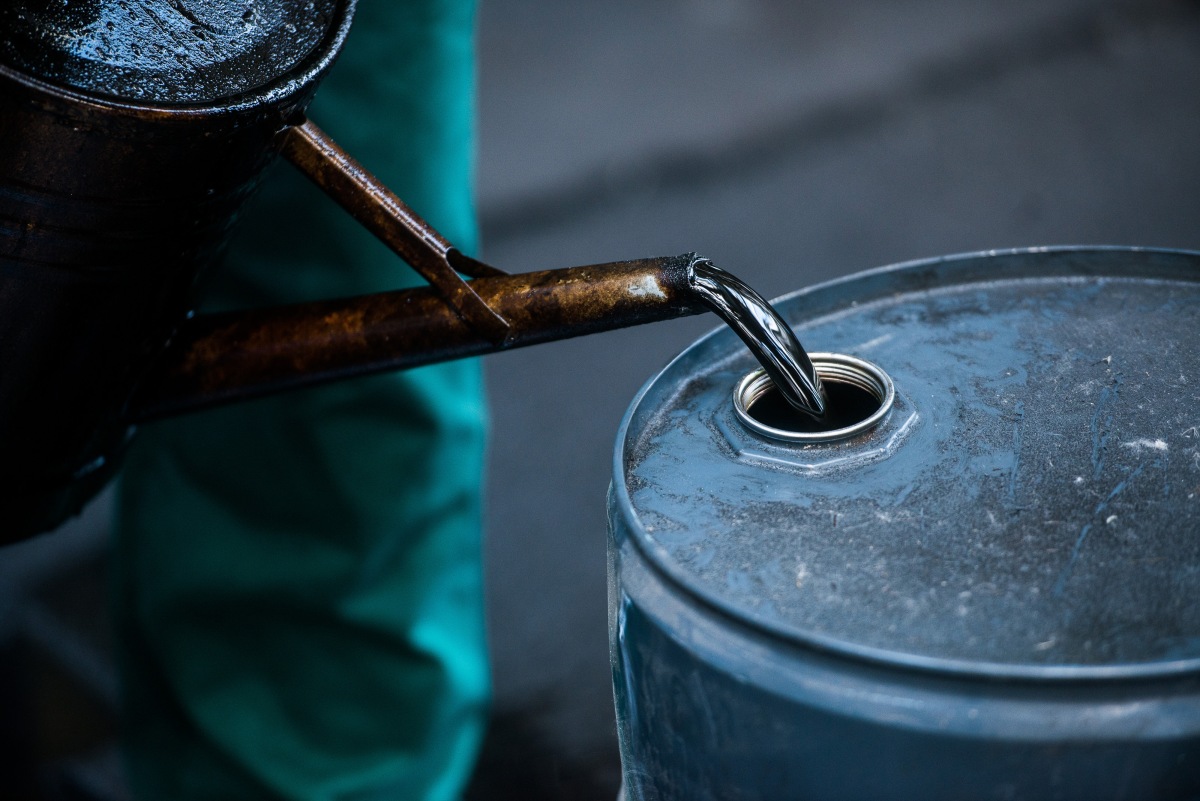Salaam (May God Bless You). Organic chemistry is the study of organic compounds found and produced around the globe. We divide the study of such materials into special groups called homologous series. The series and the study of such materials revolves around the hydrocarbons, consisting of the two elemants hydrogen and  carbon. Two homologous series will be contained with in the context of this article; the Alkanes and the Alkenes. Each homologous series have their own functional group but they all use the same prefix to define the number of carbon atoms involved in each chemical, but the suffix is always different, the suffix will pronounce according to the homologous series the chemical finds itself in.
carbon. Two homologous series will be contained with in the context of this article; the Alkanes and the Alkenes. Each homologous series have their own functional group but they all use the same prefix to define the number of carbon atoms involved in each chemical, but the suffix is always different, the suffix will pronounce according to the homologous series the chemical finds itself in.
Alkanes
The Alkanes are saturated chemicals, this means that they neither have carbon-carbon double bond nor carbon-carbon triple bond. The alkanes have rather ![]() tetrahedral shaped structure but it is better to display it in linear shape when drawing for a better understanding. The general formula for an alkane is C(n)H(2n+2), n represents the number of carbon atoms. The functional group of the alkanes are C-C. The alkanes use the suffix ‘ane’.
tetrahedral shaped structure but it is better to display it in linear shape when drawing for a better understanding. The general formula for an alkane is C(n)H(2n+2), n represents the number of carbon atoms. The functional group of the alkanes are C-C. The alkanes use the suffix ‘ane’.
Some alkanes may be in similar to each other in molecular formula but have  different physical and chemical properties, such chemicals are called isomers of alkanes.
different physical and chemical properties, such chemicals are called isomers of alkanes.
The physical properties of Alkanes is as such, the alkanes have weak forces of attractiong between them which is why they are volatile but as the amount of hydrocarbons increases the forces of attraction increases as well. The alkanes are gases at room temperature and are liquids in reletively lower temperatures. Other factors also count such as the color, the odour, the weight and the solubility.
According to the chemical properties of the alkanes, these are inert chemicals but do have some significant properties. Such as combustion, the alkanes burn readily in presence of air to release water vapour and carbon dioxide but in the absence of air the alkanes do not burn completely and produce the gases carbon monoxide and water vapour and also carbon itself. The carbon monoxide gas is a poisonous gas, this reaction is also less useful as not a lot of energy is released.
Chlorination is another way of describing the chemical properties of alkanes. The alkanes are inert but when they come into contact with sun light they rapidly start a reaction and it is so fast that it can not be controlled and results in a lot of products being formed such as CH3CL, CH2CL2, CHCL3 and CCL4.
Alkenes
Alkenes are unsaturated hydrocarbons which have a carbon-carbon double bond. The functional group of the alkenes is C=C. The alkenes use a suffix ‘ene’. They have a generla formula C(n)H(2n). The isomerism and the physical properties of the alkenes is similar to that of alkanes but not the chemical properties.
The alkenes are very reactive chemicals, they burn readily in air just as the alkanes and have the same affect as alkanes when burned without air. The alkenes also react with bromine to form 1,2 – dibromoethane. The bromine reacts safely across the carbon-carbon double bond. CH2=CH2 + Br2 → CH2Br – CH2Br. Other alkenes also react with bromine, chlorine and iodine the same way.
Alkenes react with hydrogen to form an alkane. The hydrogen molecules reacts across the carbon-carbon double bond to add to the hydrogen in alkenes making, it an alkane: CH2=CH2 + H2 → CH3-CH3. This reaction requires the involvement of a nickle catalyst and the temperature of the mixture needs to be over 150°C. This process is called hydrogenation. This is a useful technique to break longer bonds of carbon into smaller ones to form various products. Alkenes also build up to large molecules called polymers. This process is called polymerisation.
Cracking alkanes to become alkenes
Clearly alkenes are better than alkanes. The sources of such chemicals is found in the natural gas, and crude oil but these mostly contain the alkanes. To make alkenes out of the alkanes we crack the long chains of carbon into short chains. There are two ways, one is steam cracking, where a mixture of hydrocarbons and steam are in a cracking furnace around 750 – 800°C. The other methode is the use of a catalyst in a mixture of hydrocarbons through a reactor at around 500°C. Later the products are separated by fractional distallation.
